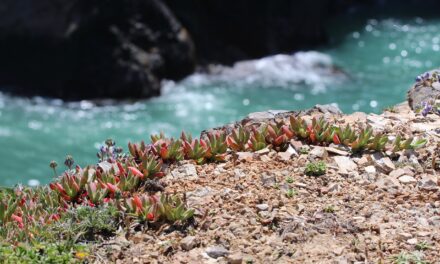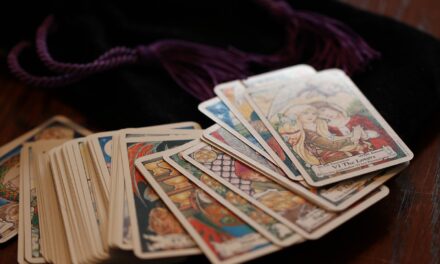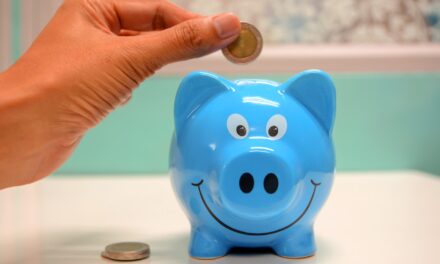Learning how to model for a photoshoot is no easy task.
Whether modeling for fun or starting to take modeling seriously, you can do a few things to make you look your best in front of the camera.
I’m someone who initially felt very awkward modeling, but using these suggestions has helped me to come out of my shell. I know you’re ready to find a more poised posture and demeanor while modeling.
Practice & Warm Up Before a Photoshoot
Before you even get to your photo shoot, it’s essential to practice, practice, practice.
- Stretch — It would be best to have a daily stretching regime as a model, but as a last-case scenario, stretch the night before and the morning of your photoshoot to stay limber and free of injury.
- Practice in the Mirror — Think of yourself standing behind the head of the photographer when you’re looking into the mirror and practicing your facial expressions, posture, and poses.
- Take Note of Pressure — When practicing in the mirror, take note of where you place pressure on your body. Do you put too much emphasis and weight on one foot? Do you sit in the ball of your foot too much? Are you slouching forward instead of remaining balanced in your posture? The first step to get rid of a bad habit is being aware of the occurrence.
- Get Into Character — It might seem the trick of an actor, but getting into character when modeling can help you portray more believable energy and persona.
- Go Forward with Confidence — No matter how you feel on photoshoot day, go forward with confidence and be yourself. You are unique and beautiful; all you can do is show and shine your best.
Practicing and warming up before a photoshoot is your key to becoming more professional. Don’t go from a dead sleep to modeling; move your body and ensure you have enough time to get yourself awake, limber, well-rested, and ready to conquer your modeling commitment.
Maintain Good Head & Shoulder Posture
Your head and shoulders are a significant focus point for people viewing a model.
It’s easy to get distracted with the clothing you’re modeling, your pose and more, so be sure to think about your should and head posture from time to time.
- Don’t Over-Rotate the Eyes — Keep eyes natural and neutral along the bridge of the nose as not to show too much white of the eyes. When modeling, I’m prone to over-rotating my eyes, so I try and keep thinking about angling more towards the camera with my full neck and body.
- Good Posture — Having good posture, unless specifically directed otherwise, will help your modeling translate professionally and with full body awareness.
- Shoulders Back — One benefit of keeping your shoulders back is that it helps to slim down the neck too. Clutching your shoulders forward bunches up the muscles and skin in the neck and causes distortion.
Use good posture throughout your daily life and you’ll see an improvement in your modeling. It takes time to build up muscles to help support good posture.
Don’t Forget the Placement of Hands & Arms While Modeling
Lots of energy is held in the arms and hands when modeling, so you must work to exact their placement.
- Distance Between Arms & Body — You don’t want to look like a stick or too stiff when modeling. Create distance between your body and arms and you’ll look more natural.
- Ballet Hands — Tenderize the tone of your hands by thinking “ballet hands” with delicacy. Don’t point or stiffen your fingers too much; keep them light, gentle, and poised.
- Show the Sides of Hands — It’s true; the sides of hands look better than the back of hands. Showing the back of your hands can look bulky and blocky, so be sure you’re angling your hands to show their sides towards the camera for a more relaxed, slender look.
- Lower the Middle Finger — If you want to add even more poise and elegance to your hand postures, lower the middle finger a touch more than your other fingers. This will add a “Princesses’ elegance” you might have been looking for in your modeling end result.
It might seem difficult to think of all areas of your body while modeling, but with time and experience, you’ll find your body coming together seamlessly and as second nature.
How to Use Hips, Legs & Feet During a Photoshoot
The hips, legs and feet are your foundation when modeling.
- Be Aware of Light — Whatever is closest to your light source will look brightest and biggest. This includes both hands, arms, legs and feet. Don’t let your feet be too far forward in your pose if you want them to look a bit smaller.
- Creating a Waist — In the search for an even more refined waist, you can cock your hip, cross your knees, and use your hands to create more waist.
- Point Your Feet Correctly — With all there is to remember when modeling, it’s easy to forget the feet. At the end of your pose practice, think about where your feet are pointing. Are they pointing in a natural direction? Do they look awkward? Are both feet pointed in the same direction?
In the end, if you’re feeling stuck while modeling, shake it off, and try again.
It’s easy to get “stuck” in a certain mode of thinking or negative frame of mind, so move those hips, try a different foot placement, and get yourself back in business.
What is key to remember for modeling before a photoshoot?
The more time you put into preparing for a photoshoot, the better you’ll look in the end result.
In addition to practicing, there are a few more great things to keep in mind when modeling:
- If you feel stiff, you probably look stiff
- Know what you’re wearing
- Take energy in the freedom
- Give your photography lots of options — it’s better to have a photographer tell you to hold back a bit vs. not giving enough
Allow yourself not to worry about the result of the picture; let the photographer worry about the end result of the image. Your job is to give as much as possible and with many options. A photographer can always tone you down.
Self-pressure is what causes you to get stiff on camera.
Most of all, have fun with the process!





